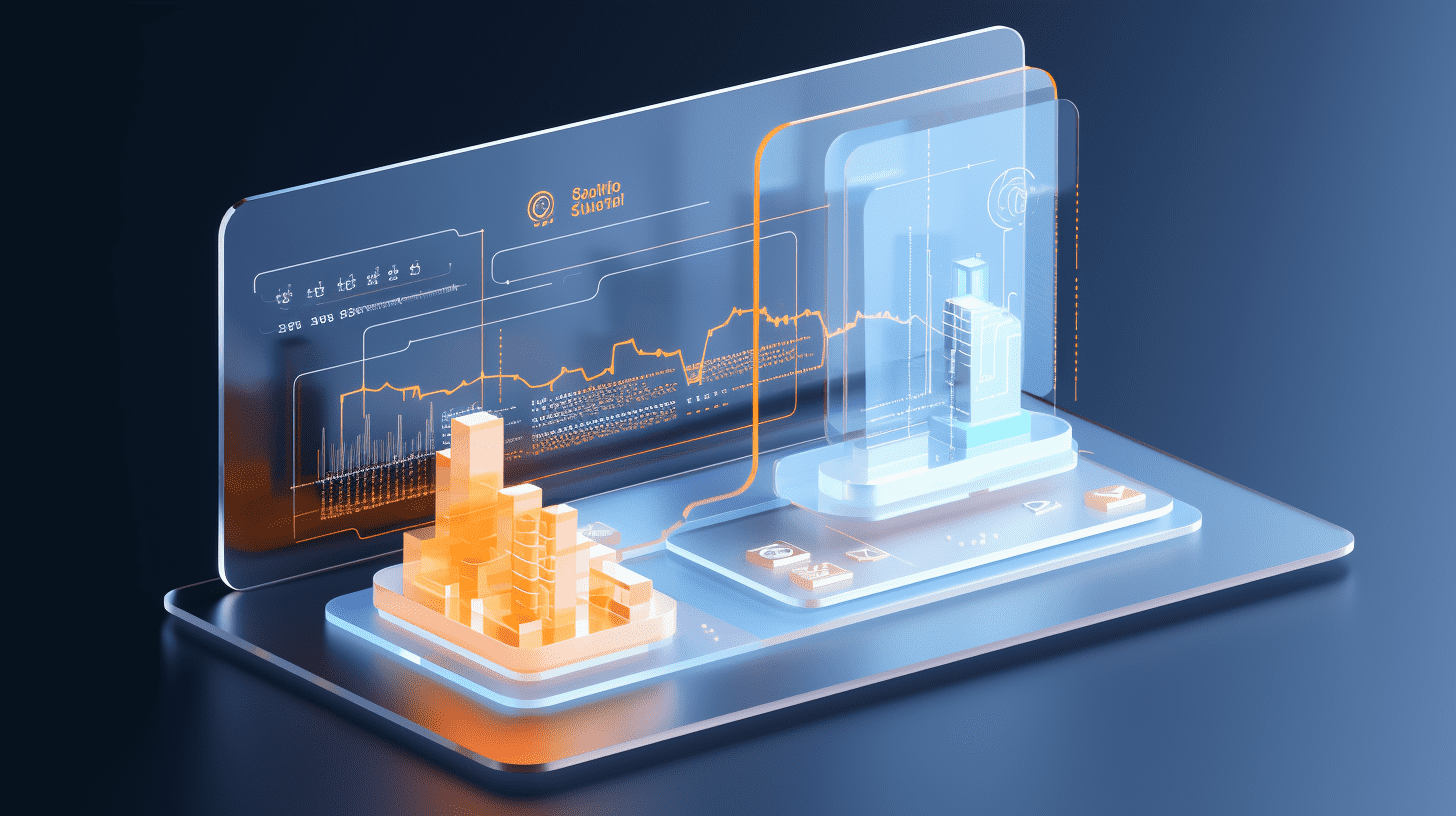Even if inflation heats up tomorrow night, it will not disturb the U.S. stock market, as employment data leads the market direction.
The Wall Street trading department is closely monitoring the Consumer Price Index (CPI) data that will be released on Thursday.
The trading department on Wall Street expects a significant increase in the Consumer Price Index (CPI) to be announced on Thursday, but they believe that the stock market will not experience a significant volatility as employment data continues to be the main focus of the market.
Stuart Kaiser, the head of trading strategies for equities at Citigroup, pointed out that options traders are betting on the S&P 500 index to only experience a small fluctuation of about 0.7% after the CPI report, which is lower than the average actual fluctuation of 0.9% seen in the past year and lower than the implied volatility expectation seen when the employment report was released on October 3.
The current core contradiction in the market lies in how to interpret the Federal Reserve's interest rate trajectory recent employment data has shown that the economy is at a critical point threatening growth. Therefore, the market generally expects the Federal Reserve to cut interest rates by 25 basis points at the meeting on September 17, and possibly continue to cut rates in October and December. The expected cumulative rate cut in the next year has already exceeded 100 basis points.
If inflation data rises unexpectedly, it may disrupt this interest rate cut process. Andrew Taylor, the head of global market intelligence at JPMorgan Chase, emphasized in a report that although there is currently no clear evidence to prevent the Federal Reserve from cutting rates in September, if inflation expectations significantly strengthen, the Federal Reserve may adjust its policy path for October and December.
Several large banks have already adjusted their forecasts. For example, economists at Barclays Bank currently expect the Federal Reserve to cut rates three times this year by 25 basis points each time, with another two rate cuts in 2026.
The CPI will become another indicator for U.S. traders to analyze the Federal Reserve's interest rate path.
Currently, economists generally predict that the core CPI in August (excluding food and energy) will increase by 0.3% on a monthly basis, with a year-on-year increase of 3.1%, which is consistent with previous figures, but significantly exceeds the Federal Reserve's target level of 2%. Taylor's team analysis suggests that if the monthly increase in core CPI is between 0.3% and 0.35%, the fluctuation range of the S&P 500 index may be between a decrease of 0.25% and an increase of 0.5%; if the increase narrows to between 0.25% and 0.3%, the S&P 500 index may rise by 1% to 1.5%; if the increase falls below 0.25%, the increase in the S&P index may expand to 1.25% to 1.75%. However, if the monthly increase exceeds 0.4%, the S&P index may fall by as much as 2%, but Taylor believes that this scenario only has a 5% probability.
Due to the resilient economic growth, traders expect that risks will be manageable in the coming weeks. The Atlanta Fed's GDPNow model shows that the annualized GDP growth rate in the third quarter is expected to reach 3%, slightly lower than the 3.3% seen in the second quarter, but still at a strong level. This also explains why the Chicago Board Options Exchange Volatility Index (VIX) is significantly lower than the key level of 20 once this level is reached, traders will begin to worry. At the same time, the Citigroup US Economic Surprise Index a rolling indicator measuring whether economic indicators perform better than expected is approaching its highest level since January.
A rise in the surprise index is usually a positive sign for the stock market. However, in the current situation, if there are more unexpectedly strong economic data, it may make it more difficult for the Federal Reserve to curb inflation and force the bank to maintain higher interest rates for a longer period of time.
Kaiser of Citigroup summarized that the labor market remains a key variable, and if the Federal Reserve cuts rates in October, it is likely that employment data will continue to be under pressure and inflation will not show unexpected growth.
Related Articles

The signal of Fed rate cut is more clear: U.S. PPI unexpectedly turned negative, the first decline in four months.

The 10th "Belt and Road" Summit opens in Hong Kong, focusing on various opportunities in trade, investment, innovation and technology, and green development.

A Goldman Sachs trader asked, "When will the feast of US stocks end?" "Experienced" clients strongly believe that "the cost of an economic recession is underestimated."
The signal of Fed rate cut is more clear: U.S. PPI unexpectedly turned negative, the first decline in four months.

The 10th "Belt and Road" Summit opens in Hong Kong, focusing on various opportunities in trade, investment, innovation and technology, and green development.

A Goldman Sachs trader asked, "When will the feast of US stocks end?" "Experienced" clients strongly believe that "the cost of an economic recession is underestimated."

RECOMMEND

Significant Southbound Capital Inflows into Hong Kong Stocks—Three Investment Directions to Watch
10/09/2025

Heavy-Duty Engine Sales Slide as Weichai Power’s Supplier Payables Near RMB 100 Billion
10/09/2025

U.S. Annual Nonfarm Payroll Revision Misses Expectations with 911,000-Job Cut, Heightening Fed Rate-Cut Pressure
10/09/2025


